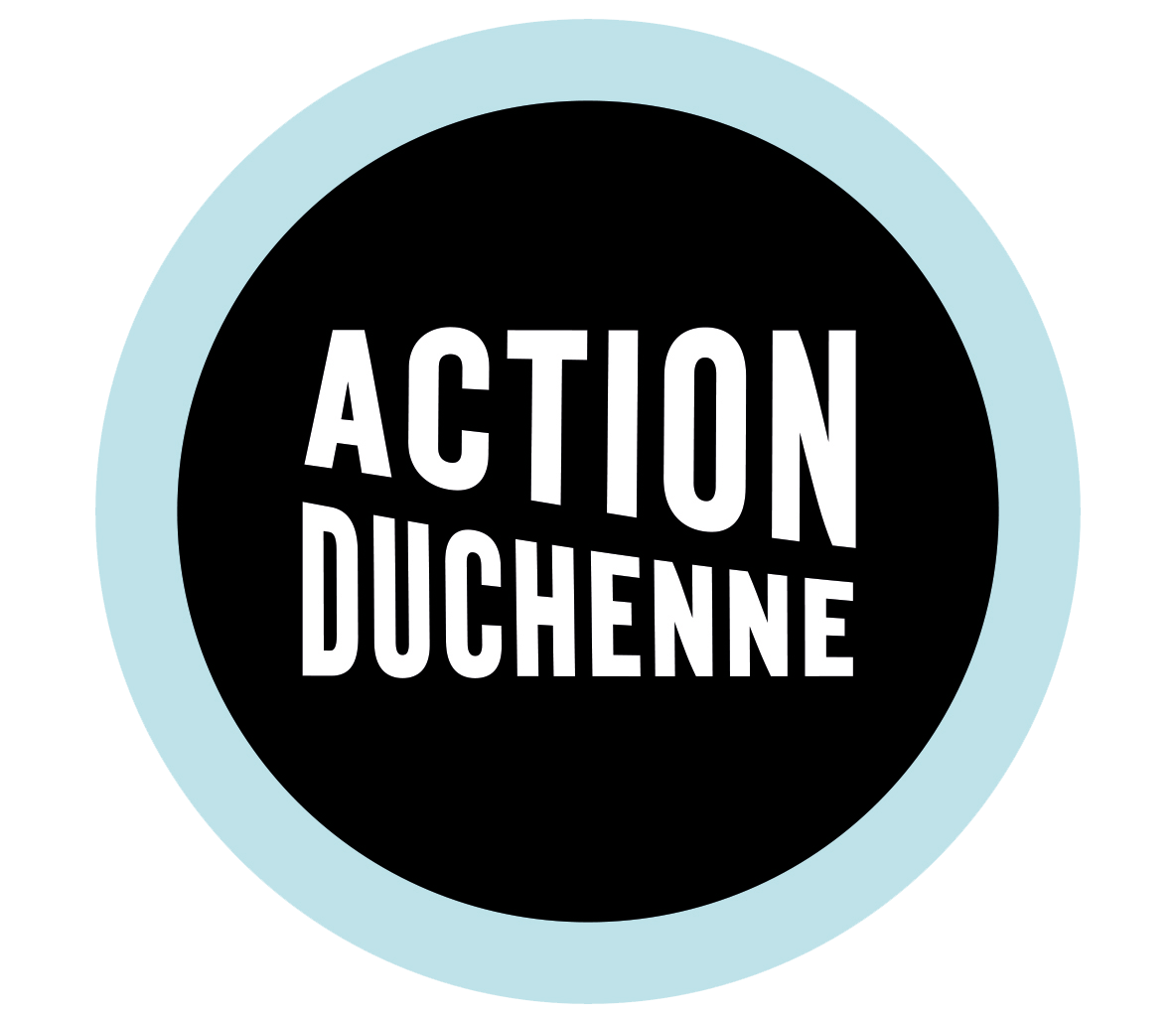Duchenne muscular dystrophy is caused by mutations in the dystrophin gene that prevent the body producing the dystrophin protein. The idea behind gene therapy is simple: to add a second, healthy copy of the dystrophin gene, which cells can use to produce the dystrophin protein.
Using viruses to deliver a gene
Current trials are using viruses to deliver the gene therapy. Researchers remove the virus’ own DNA and insert the DNA code for dystrophin. The virus can then deliver this code to the cells.
Although different viruses have been tested in gene therapies, all the ongoing clinical trials focus on a type of virus called adeno-associated viruses (or AAV).
AAV are viruses that infect humans all the time, but they cause very minor symptoms. Often people wouldn’t even realise they are infected. This makes the virus a good choice for clincial use.
The viruses chosen for use in Duchenne are those that naturally infect the muscle cells – this is an important part of getting the gene where it is most needed.
What gene do the viruses carry?
The dystrophin gene is incredibly big – the biggest in human cells. The gene is too big to physically fit inside an AAV; there just isn’t enough space. It’s not possible to make the virus bigger, so scientists have developed smaller version of the dystrophin gene.
These are called micro-dystrophin genes.
Nobody is quite sure which micro-dystrophin would be most effective in people living with Duchenne, so different micro-dystrophin genes are being tested in different clinical trials by different companies and groups.
What are the challenges?
There are several challenges to overcome.
Firstly, nobody knows how long the micro-dystrophin gene will last in the body. As cells grow and divide, the gene will be “diluted” and eventually it’s effectiveness will be lost.
Some people will be immune to AAVs because they have been infected naturally. This immunity would prevent the gene therapy virus reaching the muscle cells and make the treatment ineffective. Immunity is also likely to prevent people receiing a second dose of gene therapy – because the immune system will “remember” the gene therapy virus used before.
Gene therapy news
Read the latest news on how gene therapy is being developed for Duchenne
Read moreGene therapy glossary
Watch our short videos that explain how gene therapy works and the promising results observed in clinical trials
Read moreOur gene therapy research
Find out more about the UNITE-DMD gene therapy clinical trial that we are co-funding
Read more